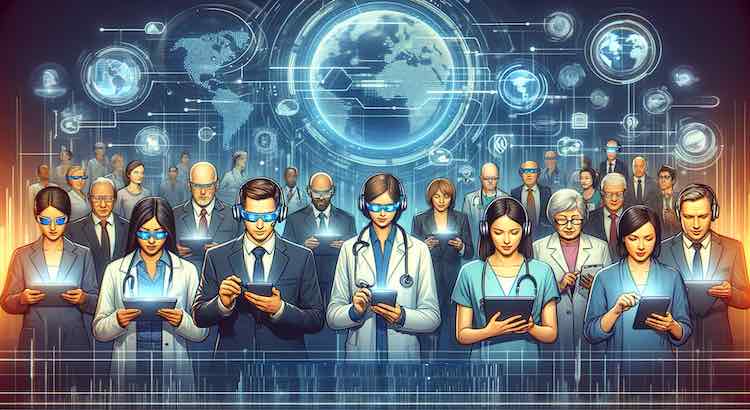The Future of Automated Transcription Services: What Lies Ahead
Automated transcription services are changing fast. With new technology, they are growing more accurate and useful. Many industries, from journalism to healthcare, rely on these services. As technology improves, automated transcription will likely shape the way we use and access text in the coming years.
Current State of Automated Transcription
Today’s transcription services use artificial intelligence (AI) and advanced algorithms to turn speech into text. These systems:
- Offer quick and cost-efficient transcription
- Provide reasonable accuracy, often between 85–95% (Statista, 2023)
- Support many languages and formats
However, challenges remain. Current AI transcription sometimes struggles with:
- Thick or regional accents
- Background noise
- Specialized terms or jargon
- Multiple speakers talking at once
As a result, human review or transcription proofreading is often needed for perfect accuracy.
Future Developments in Automated Transcription
Better Accuracy Through AI and Machine Learning
AI models will keep learning from larger sets of data. Over time, these systems will:
- Understand diverse accents and speech patterns more easily
- Adapt to industry-specific language and unique voices
- Reduce errors and improve readability (Nature, 2024)
As more users correct errors, automated transcription will get even smarter through machine learning.
Real-Time Transcription and Instant Translation
Emerging technologies aim for real-time features, such as:
- Live captions for meetings and events
- Instant subtitles for video and online content
- Automatic translation into multiple languages
These changes will help global companies share information and make content more accessible to everyone.
Integration with Wearable Technology
Wearables like smart glasses may soon work with transcription tools. In the near future, users could:
- See live captions during meetings right in their line of sight
- Get transcriptions on smart watches for hands-free use
- Improve communication for people with hearing loss
These changes will increase accessibility and productivity in many settings.
Voice Biometrics for Enhanced Security
Voice biometrics use unique voice patterns to verify identity. Future transcription systems could:
- Limit access to confidential content using voice recognition
- Prevent unauthorized people from viewing sensitive data
- Comply with stricter privacy laws and data standards
This technology will become important for industries where security matters most, such as law and healthcare.
Industry Impact of Advanced Transcription
Journalism and Media
Transcription services help journalists and podcasters save time. With future improvements, they will:
- Get instant transcripts of interviews and press events
- Speed up research and fact-checking
- Create accessible media with closed captions and subtitles
Legal Industry
Law firms depend on accuracy and security. With better transcription, legal teams can:
- Record depositions and court sessions with fewer errors
- Ensure only authorized lawyers view certain records
- Meet industry standards for privacy
Healthcare
Doctors and clinicians create many patient records. Advanced transcription will allow them to:
- Transcribe patient discussions in real time
- Reduce mistakes in medical records (HealthIT.gov, 2023)
- Give patients faster and safer care
- Keep records secure through voice authentication
Education and Accessibility
Schools and universities will benefit too. Future transcription will help by:
- Providing captions for lectures and videos
- Helping students with hearing disabilities
- Offering instant language translation for international learners
Choosing the Right Automated Transcription Solution
When picking a service, consider:
- Accuracy and error rate
- Speed of delivery
- Cost compared to manual transcription prices
- Extra features like subtitles, captions, or translations
- Security options such as encrypted files and voice biometrics
Many providers offer subscription plans for regular users, making large-scale transcription more affordable. Explore an AI transcription subscription to save on costs if you need frequent services.
Conclusion: Shaping Tomorrow's Communication
Automation, AI, and new security features will make automated transcription more useful than ever before. These improvements will:
- Boost accuracy and save time in any field
- Make content accessible worldwide
- Protect sensitive information
As transcription technology advances, every industry will benefit from better workflow, easier communication, and a more inclusive world.
GoTranscript is here to meet your needs with a full suite of services, including transcription, closed captioning, text and audio translation, and more. You can order transcription or order captions quickly online and explore flexible solutions as the future unfolds.



















 Verified Order
Verified Order